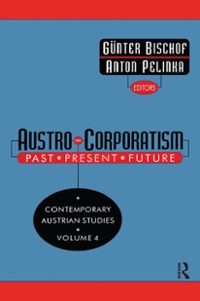I need some guidance with the Stata commands on this exercise.
For the case of higher eduction access, a number of states have enacted so-called "Dream Acts" which offer in-state tuition (and in some cases financial aid) to all students who have attended school in their state for a certain number of years, regardless of the student's immigration status. The purpose of this exercise is to estimate the impact of the enactment of a "Dream Act" on first- time college matriculation in public universities across the country. To do so we have have put to- gether a panel dataset measuring university enrollment by race over the period 1998-2017, from the IPEDS (Integrated Postsecondary Education Data System). The data includes an indicator for col- leges in state-years with active higher ed. "Dream Acts", collected form the Urban Institute's State Immigration Policy Resource. The dataset "IPEDS_1998-2017 StateDreamActs_Analysis.dta" in- cludes data on the following variables: Variable Name Description unitid college id number year year inst_name name of institution state_abbr state abbrev. fips state code city city name dreamact indicator for state has an active higher ed. "Dream Act" research indicator for research university selective indicator for selective admissions enr_white total first-time White fall enrollment enr_black total first-time Black fall enrollment enr_hispa total first-time Hispanic fall enrollment enr_asian total first-time Asian fall enrollment enr_alien total first-time Non-resident Alien fall enrollment enr_total grand total first-time fall enrollment (a) Create an indicator for treated institutions. What fraction institutions are under an active Dream Act in 2017? Interpret. (b) Make a table showing the states that have enacted Dream Acts, and the first year the law came into effect. While you're at it create a variable measuring the treatment year. (c) Make a histogram showing the years in which Dream Acts were first enacted, with the un- derlying data being universities. This shows the density of treatment dates across the treated institutions. Interpret what you find. (d) Summarize institutional enrollment by race, share selective, and share research institution by treatment status and for the first and last year of the data (e) Plot the trend in average total first-time enrollment by treatment status. In a new graph, do the same separately for white, black, and hispanic students. What differences are there between treatment and control institutions in enrollment trends? (f) Generate an indicator for post-treatment years. Make a new variable interacting treatment status and post-treatment. Now estimate the DD model including institution and year fixed effects, clustering your standard errors at the state level. What is the impact of Dream Acts on total enrollment and enrollment by race? Interpret your findings. (g) Perform a parallel analysis but separately by institutional selectivity. Do impacts differ by institutional selectivity? Interpret your findings. (h) BONUS: Generate a variable measuring years relative to the treatment year (" event-time"). Make indicators for 4 pre-treatment years and 4 post-treatment years. Drop treatment obser vations that are not within this 8-year "impact analysis window". Estimate an event-study model of the impact of the reform on total enrollment and on hispanic and white enrollment. Do you detect any pre-trends in these models? Does the impact of the reform evolve over time? Describe your findings







